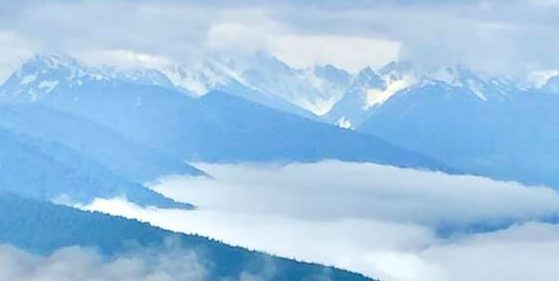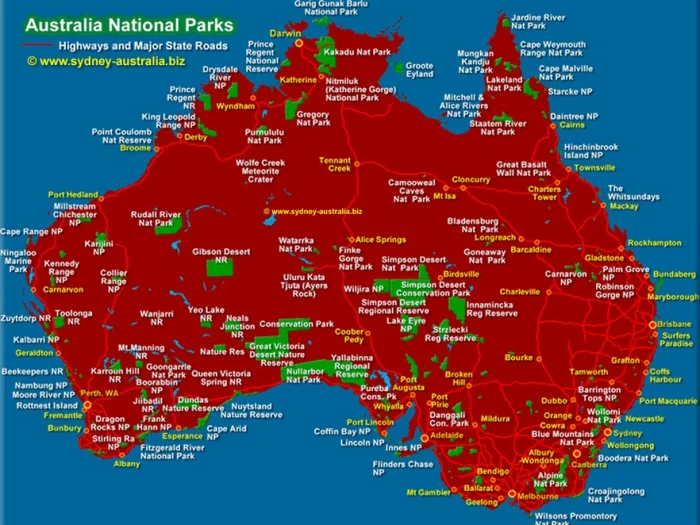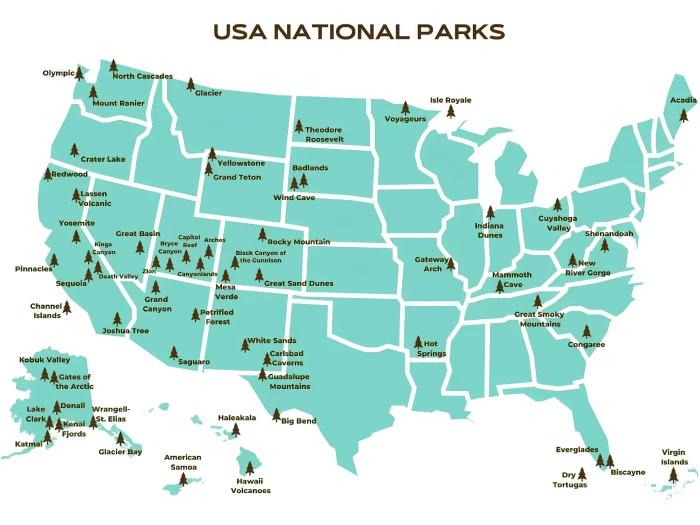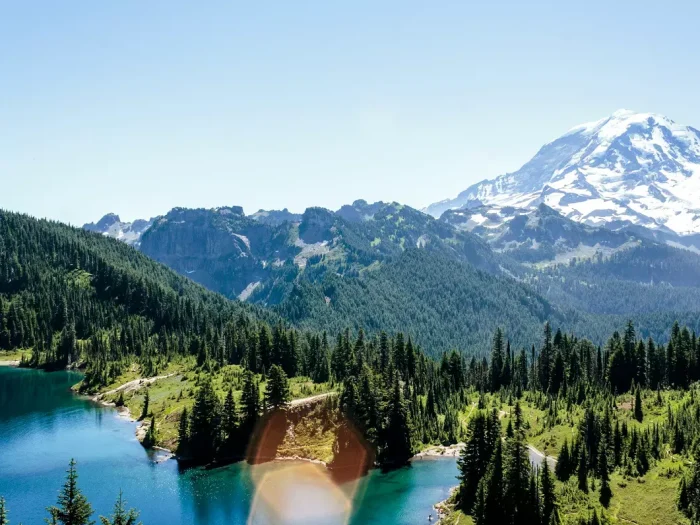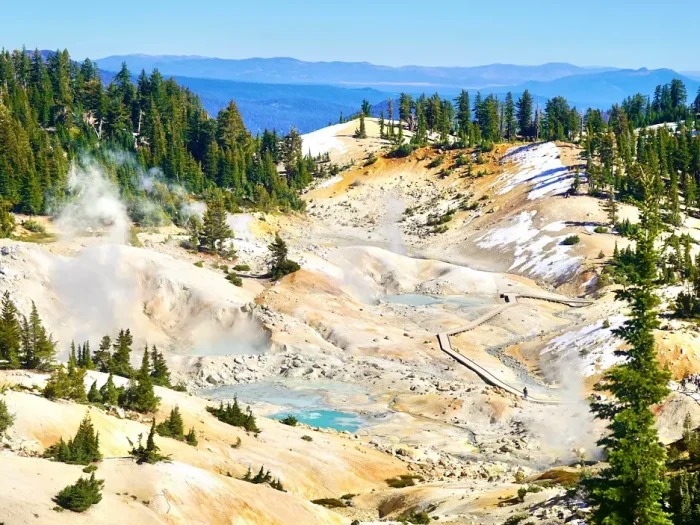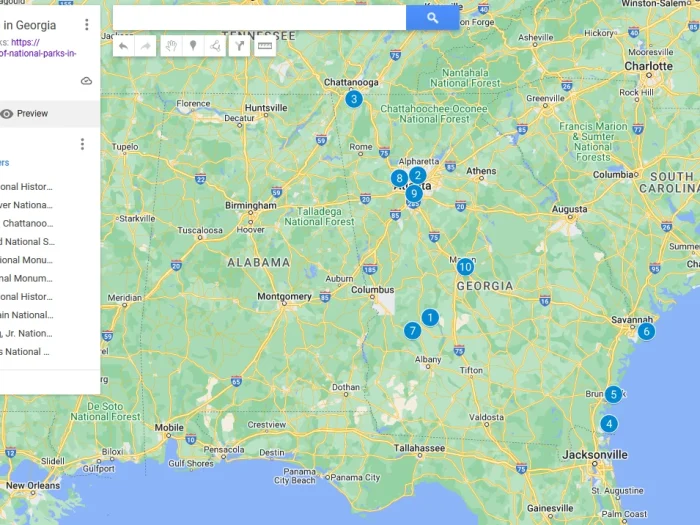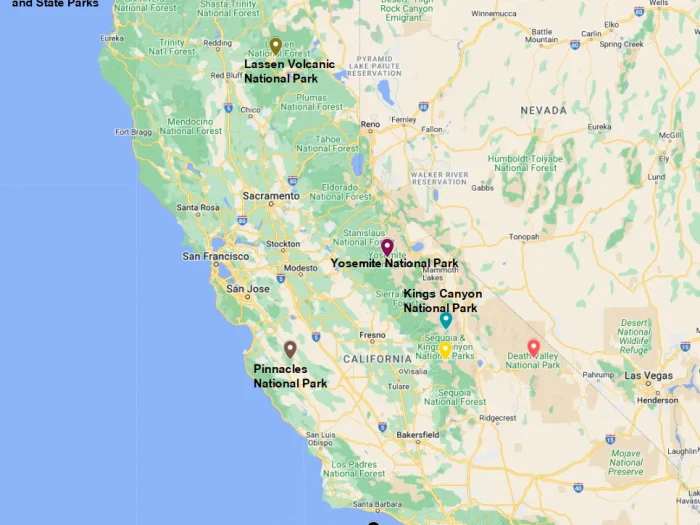Best Time to Visit Badlands National Park: A Seasonal Guide
Badlands National Park, located in southwestern South Dakota, is a breathtaking landscape of dramatic rock formations, towering spires, and deep canyons carved by centuries of erosion. Whether you’re a hiker, photographer, stargazer, or wildlife enthusiast, choosing the right time to visit can significantly enhance your experience. Here’s a guide to the best times to explore this unique and rugged park.
Best Overall Time: Late Spring (May to Early June) & Early Fall (September)
If you’re looking for a balance of pleasant weather, manageable crowds, and vibrant scenery, late spring and early fall are ideal times to visit.
Why Late Spring?
- Mild temperatures: Daytime highs range from the 60s to 70s °F (15–25 °C), perfect for hiking and exploring.
- Wildflowers: The prairie comes alive with blooming wildflowers, making the landscape even more picturesque.
- Active wildlife: Bison, bighorn sheep, prairie dogs, and even coyotes are often visible during this time.
- Smaller crowds: It’s just before the summer rush, so you’ll enjoy more solitude on the trails.
Why Early Fall?
- Cooler weather: After the intense summer heat, temperatures begin to drop back into a comfortable range.
- Golden hues: The grasslands turn golden, providing stunning contrast against the striped rock formations.
- Fewer tourists: With kids back in school, you’ll experience a quieter park with less traffic and more peace.
Summer (Late June to August): Popular but Hot
Summer is the peak season, attracting the most visitors due to school vacations and accessible travel schedules.
Pros:
- Ranger programs: Guided hikes, talks, and night sky programs are in full swing.
- Long daylight hours: You can pack more into each day.
Cons:
- High temperatures: Daily highs often soar above 90°F (32°C), which can make hiking uncomfortable or even dangerous without proper precautions.
- Larger crowds: Expect full parking lots and busier trails.
- Storm risk: Afternoon thunderstorms are common, so check weather forecasts regularly.
Tip: Visit early in the morning or closer to sunset to avoid the heat and capture the best light for photography.
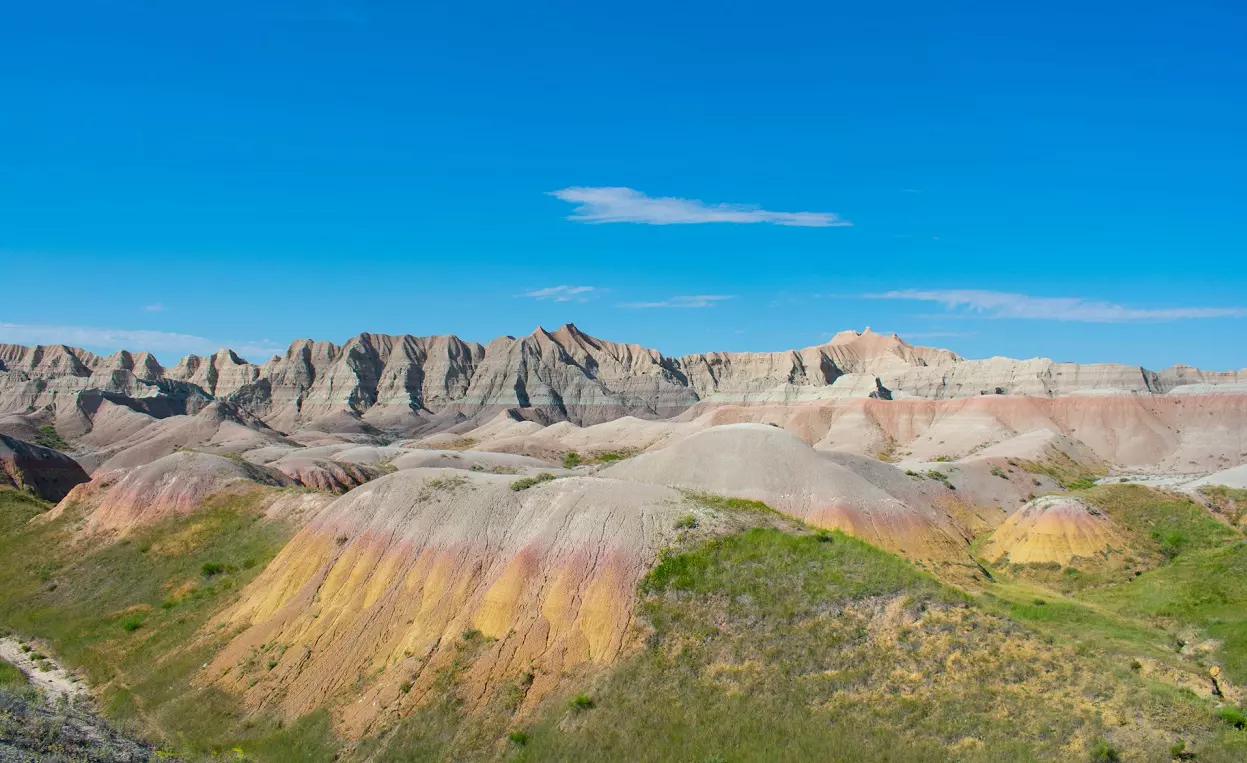
Winter (November to March): Quiet and Starkly Beautiful
Winter transforms the Badlands into a silent, windswept desert of rock and snow. While not a popular time for tourists, it offers a unique, peaceful experience.
Pros:
- Solitude: You might have entire overlooks or trails to yourself.
- Unique scenery: Snow-dusted formations create stunning, minimalist landscapes.
- Wildlife viewing: Animals like bison and mule deer are easier to spot against the snow.
Cons:
- Harsh weather: Temperatures can drop below freezing, and snow or ice may close roads or trails.
- Limited services: Visitor centers may have reduced hours, and some facilities are closed entirely.
Other Considerations
- Stargazing: Badlands is a designated dark-sky park. The new moon phases in spring and fall offer the clearest skies for stargazing and astrophotography.
- Photography: The golden hours of sunrise and sunset provide incredible lighting, especially in shoulder seasons when the sun’s lower angle enhances the textures and colors of the formations.
- Road access: Most of the park is accessible year-round, but backcountry roads may become impassable during heavy rains or snow.
Conclusion
The best time to visit Badlands National Park largely depends on your interests. For most travelers, late spring and early fall offer the best combination of weather, accessibility, and scenic beauty. Whether you want to capture awe-inspiring landscapes, encounter native wildlife, or simply escape into a surreal wilderness, the Badlands has something special to offer in every season.
